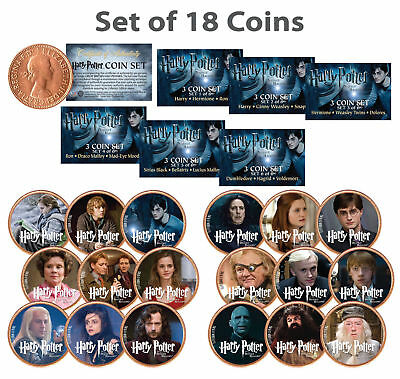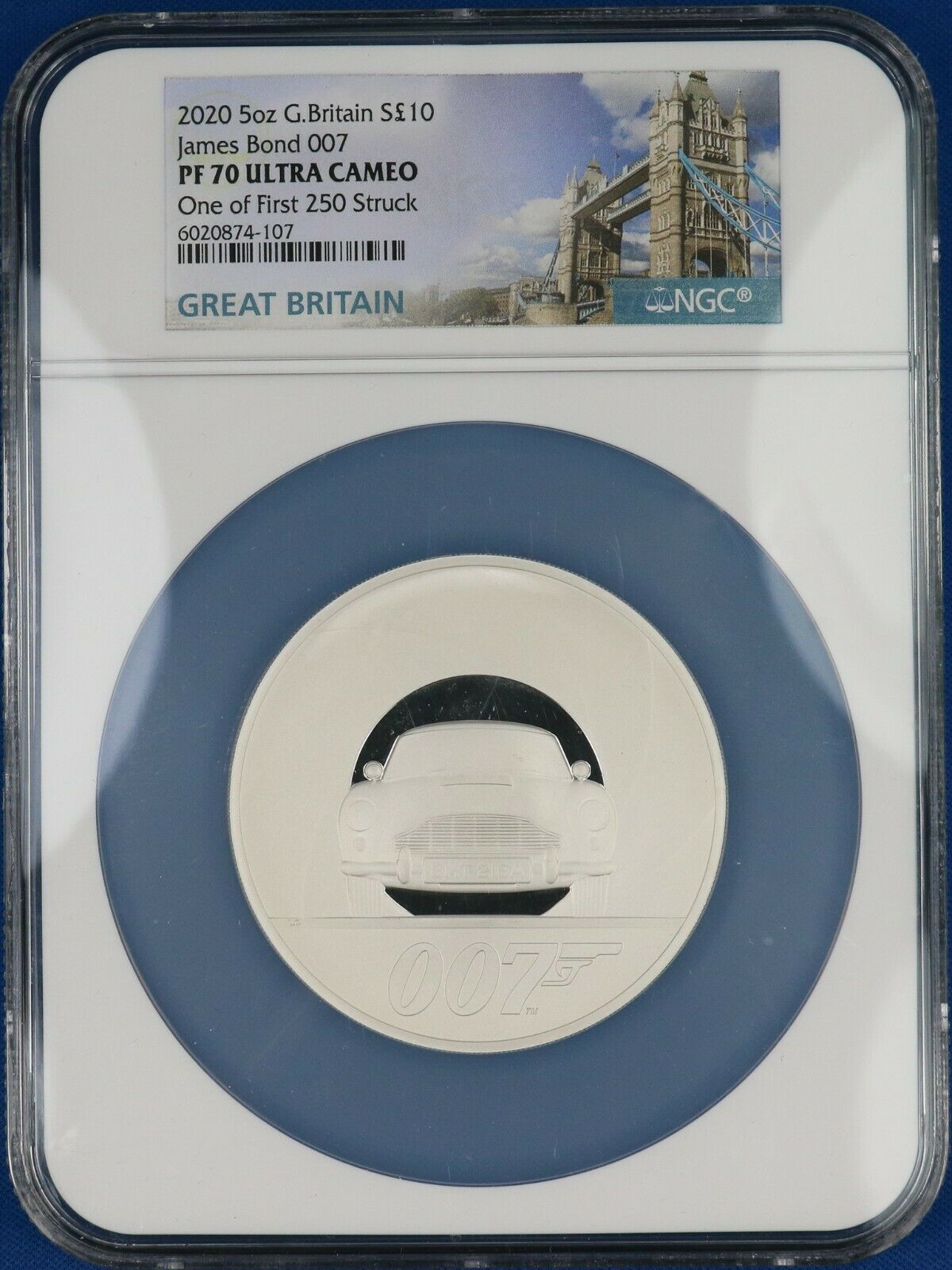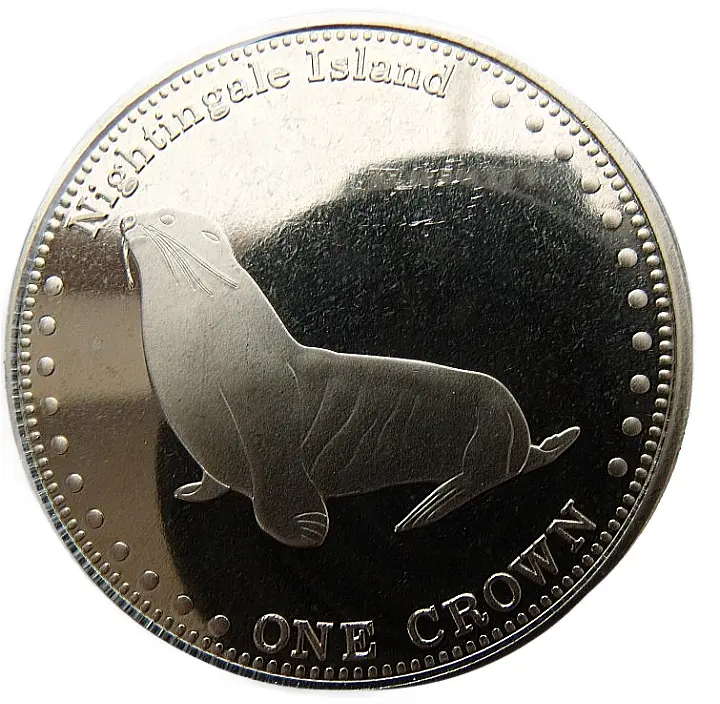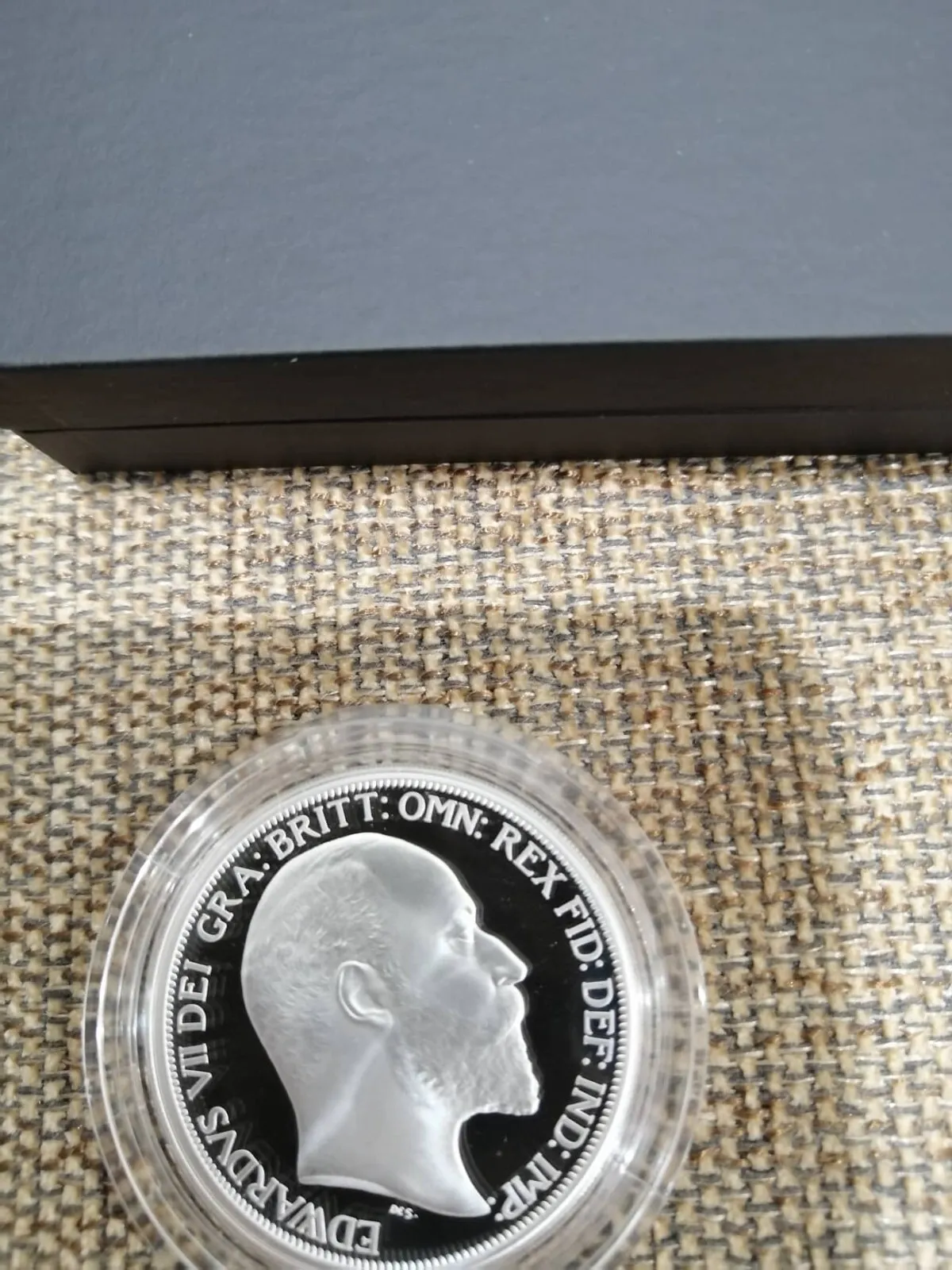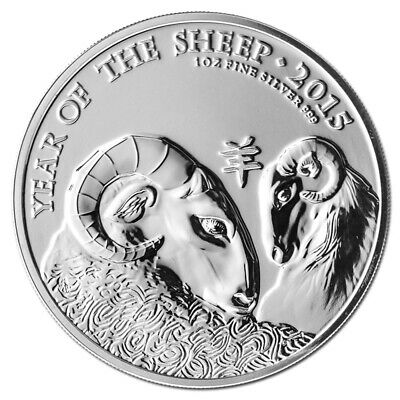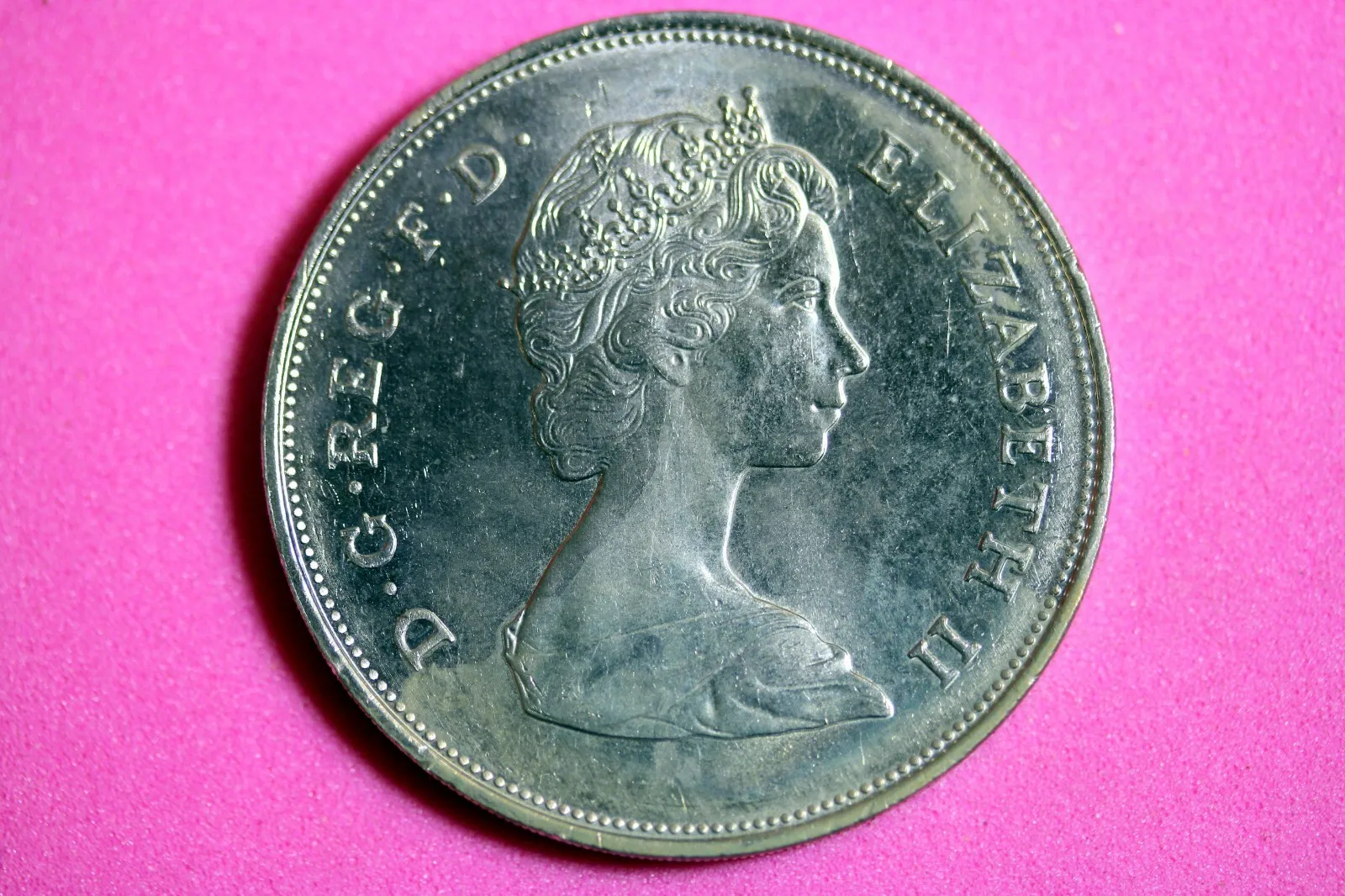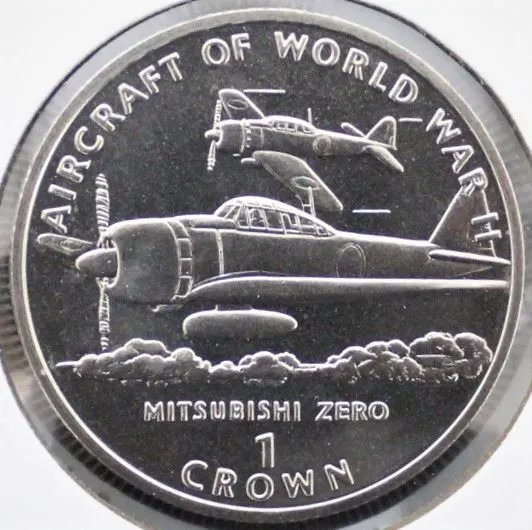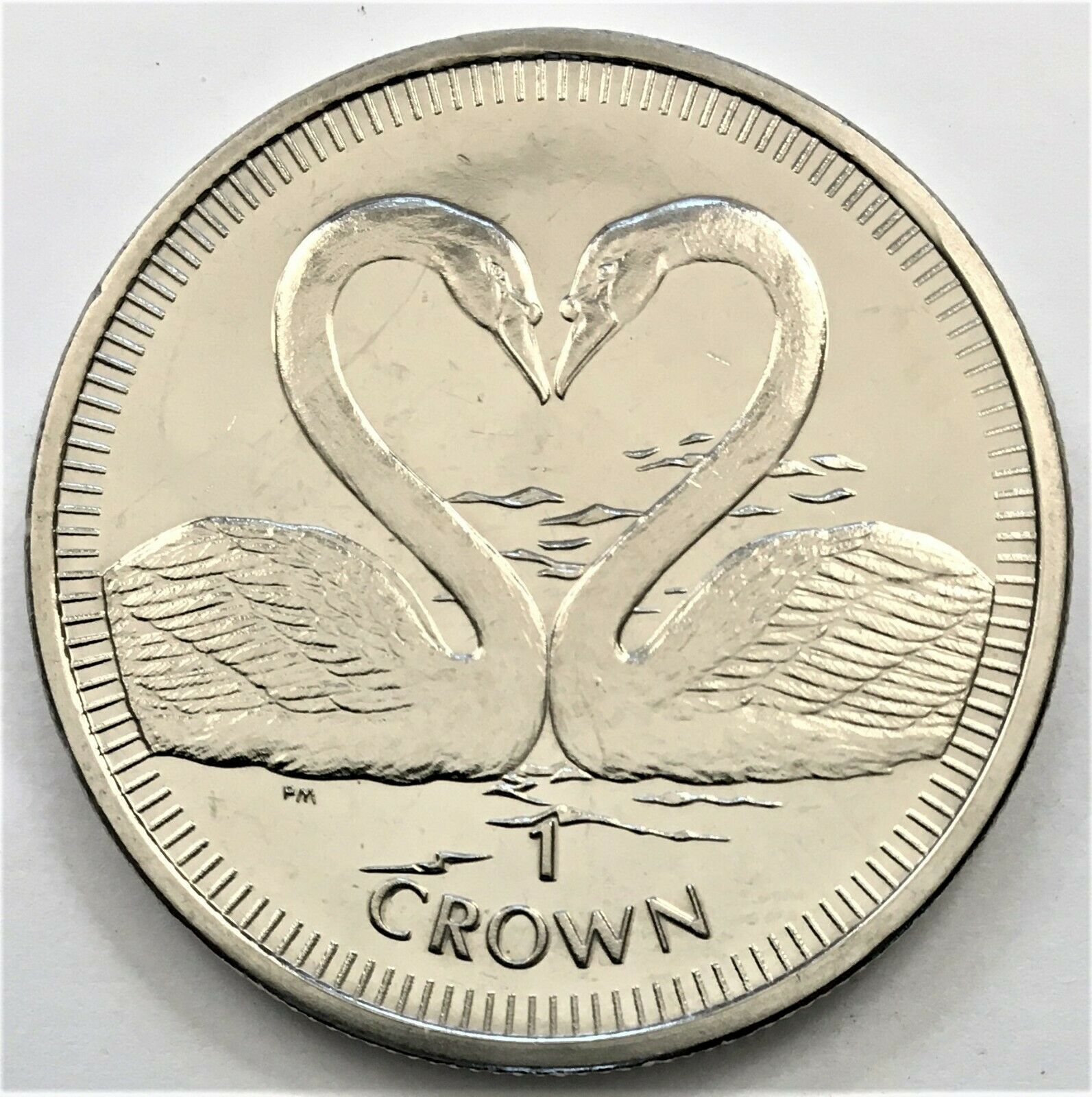-40%
2013 Queen’s Portrait Collection 4 FDC Silver Crown Proof Set Case Book CoA #190
$ 251.85
- Description
- Size Guide
Description
2013 Queen’s Portrait Collection Anniversary Coronation Silver Proof Set CoA #190Reference:
Spink, Coins of England and the United Kingdom: PSS54-2013
Krause, Standard Catalog of World Coins:
Five Pounds 2013 First Portrait: Great Britain KM# 1247 Silver
Five Pounds 2013 Second Portrait: Great Britain KM# 1248 Silver
Five Pounds 2013 Third Portrait: Great Britain KM# 1249 Silver
Five Pounds 2013 Fourth Portrait: Great Britain KM# 1250 Silver
With all Four (4) portraits of Queen Elizabeth used since her 1953 Coronation; and,
The Royal Coat of arms on each Reverse.
><><><><><><><><><><><><><><><><><><><><><
Transcript From the original Product Page
:
The Queen's Portrait Set Silver Proof 4 Coin Issue Price £400.00
A rare event – a numismatic first
All four of the Queen’s portraits struck anew in 2013
Only available in silver and gold – truly special
Product code: UK13QP4S
No Longer Available
Specification
Silver Proof £5
Alloy .925 Sterling Silver
Weight 28.28 g
Diameter 38.61 mm
Reverse Designer
Mary Gillick;
Arnold Machin;
Raphael Maklouf;
Ian-Rank Broadley
Obverse Designer
James Butler
Quality Proof
The most important sets of coins of our times, stunning in silver.
All four of the Queen’s portraits, struck in 2013.
60 years have passed since the world celebrated the Coronation of Queen Elizabeth. In that Coronation year The
Royal Mint struck the very first coins of her reign. Since, there have been three portraits, each an enduring symbol
of Britain. For the very first time all four portraits have been struck in this anniversary year of 2013, to create sets
that – struck only together, and only in precious metal – will be the most important we have seen in six decades.
Each of the royal portraits stands as a marker in time, and a work of art in its own right.
Created by four distinguished sculptors over the past 60 years, the portraits have been carefully transferred to the £5 coin
by our own engravers, who have taken the utmost care to ensure they remain true to the artists’ visions.
They have certainly succeeded, even adding a little extra relief so that the beauty of these coins shines ever
more brightly, particularly when struck to unrivalled Royal Mint Proof quality in sparkling sterling silver.
There can be no better record of the Queen’s long reign than one of these truly unique sets.
A limited edition presentation of only 4,800 sets, only for collectors: these sets must satisfy what is sure
to be the highest demand, for none of the coins will be available individually or in any other collection.
And with the accompanying rich and informative booklet you can explore the story behind these
precious coins, sharing the experiences of the artists and the insight of The Royal Mint’s own experts.
From the fresh and youthful portrait by Mary Gillick that ushered in the Queen’s reign in 1953 to the realistic
and confident effigy by Ian Rank-Broadley that has appeared on Britain’s coins since 1998, the four representations
of the monarch have entered British history. As decimalization dawned, Arnold Machin was selected to create a
portrait to help distinguish new coins from old, his depiction showing the Queen in more formal pose, wearing a
tiara gifted on her wedding day by her grandmother. In 1985, Raphael Maklouf took his part in the story of
Britain’s coinage history, representing the Queen in stylized, almost ageless form, a symbol of monarchy rather
than a photographic reproduction.
And what other than the Royal Arms could accompany such an important set of obverse designs?
The Arms are re-imagined for these sets by James Butler RA, creator of the Great Seal of the Realm,
hugely powerful and with almost metallic relief.
><><><><><><><><><><><><><><><><><><><><><
Mary Gillick portrait
New coins showing the first portrait of Her Majesty were issued in 1953.
They represented a fresh start following the Second World War, and announced a new Elizabethan era.
The Queen looked youthful and optimistic and the portrait was used on the coins of the United Kingdom
and the coinage of many Commonwealth countries.
Arnold Machin RA portrait
Although the switch to decimalisation did not happen until 1971, decimal coins entered circulation before then.
The 5p and 10p pieces were introduced in 1968 to replace the existing shillings and florins.
They were the same size and value as the pre-decimal coins, so were able to circulate together until ‘D-Day’ in 1971.
It was a useful first step in preparing the public for what was to come.
To help the new coins stand out from the older currency, a new portrait of The Queen was commissioned.
Designed by Arnold Machin RA, the new portrait showed The Queen wearing a tiara instead of a wreath.
The tiara had been given to The Queen by her grandmother, Queen Mary. Like Mary Gillick before him, Machin avoided
using a ‘couped’ portrait – cut off by the neck – which had been the norm on coins issued earlier in the century.
Interestingly, a modified version of Machin’s portrait has appeared on British postage stamps since 1967,
which means it is probably the most reproduced image in history.
Raphael Maklouf portrait
From 1985 to 1997, UK circulating coins featured a royal portrait by the sculptor Raphael Maklouf.
The portrait was couped and showed The Queen wearing the royal diadem, which she normally wears on
her way to and from the State Opening of Parliament.
Unlike the earlier portraits, Maklouf’s version also shows The Queen wearing a necklace and earrings.
Critics accused him of sculpting The Queen “flatteringly young” but Maklouf responded by pointing out that
his intention had been “to create a symbol, regal and ageless.”
If you look closely you can see the artist’s initials, ‘RDM’, at the bottom of The Queen’s neck.
Maklouf included his middle initial, D for David, to make sure that his initials wouldn’t be seen as a reference to
The Royal Mint.
There is a long-standing urban myth that the first bicolour £2 coins from 1997 that bear the Maklouf portrait
are rare and valuable. As more than 13 million of them were issued, it’s a myth that can be debunked!
Ian Rank-Broadley FRBS portrait
The idea of replacing the Maklouf portrait came about during a competition to design the obverse of the
1997 Golden Wedding crown. The standard of entries for the conjoint portrait of The Queen and
Prince Philip was so high that it was decided to explore the possibility of a new coinage portrait for circulating coins, too.
The winning design by Ian Rank-Broadley FRBS, introduced in 1998, makes for an interesting contrast
with its predecessor, being less idealised and more strongly realistic. Ian Rank-Broadley explained there was:
“No need to disguise the matureness of The Queen’s years. There is no need to flatter her.
She is a 70-year-old woman with poise and bearing.” The portrait also appeared as large as possible within the
framework of the coin, as he wanted to maximise its impact on smaller coins like the new 5p, 10p and 50p pieces.
Regarding Shipping:
EBay has recently changed the way Buyers can Pay and Sellers Get their Proceeds.
For almost 20 years now, I have shipped my sold items the Day after the payment clears.
With the introduction of “Immediate payment with a Buy-It-Now”, I’ve always given NEXT DAY SHIPPING.
However, with the last sale I made AND EBAY’S NEW METHODS, I did not receive my payment for FOUR DAYS.
Therefore, I have put a 4 day turnaround time on all of my listings;
HOWEVER,
I WILL SHIP THE ITEM THE DAY AFTER THE PROCEEDS HIT MY BANK
.
Sorry, but the shipping costs come out of the Proceeds after eBay takes 12.55% OFF THE TOP OF EVERYTHING.












